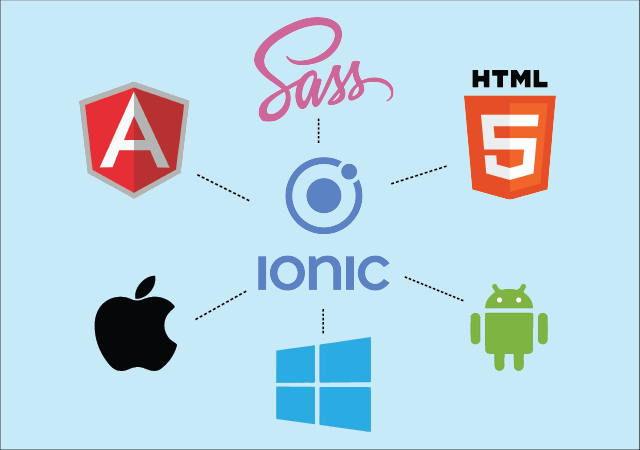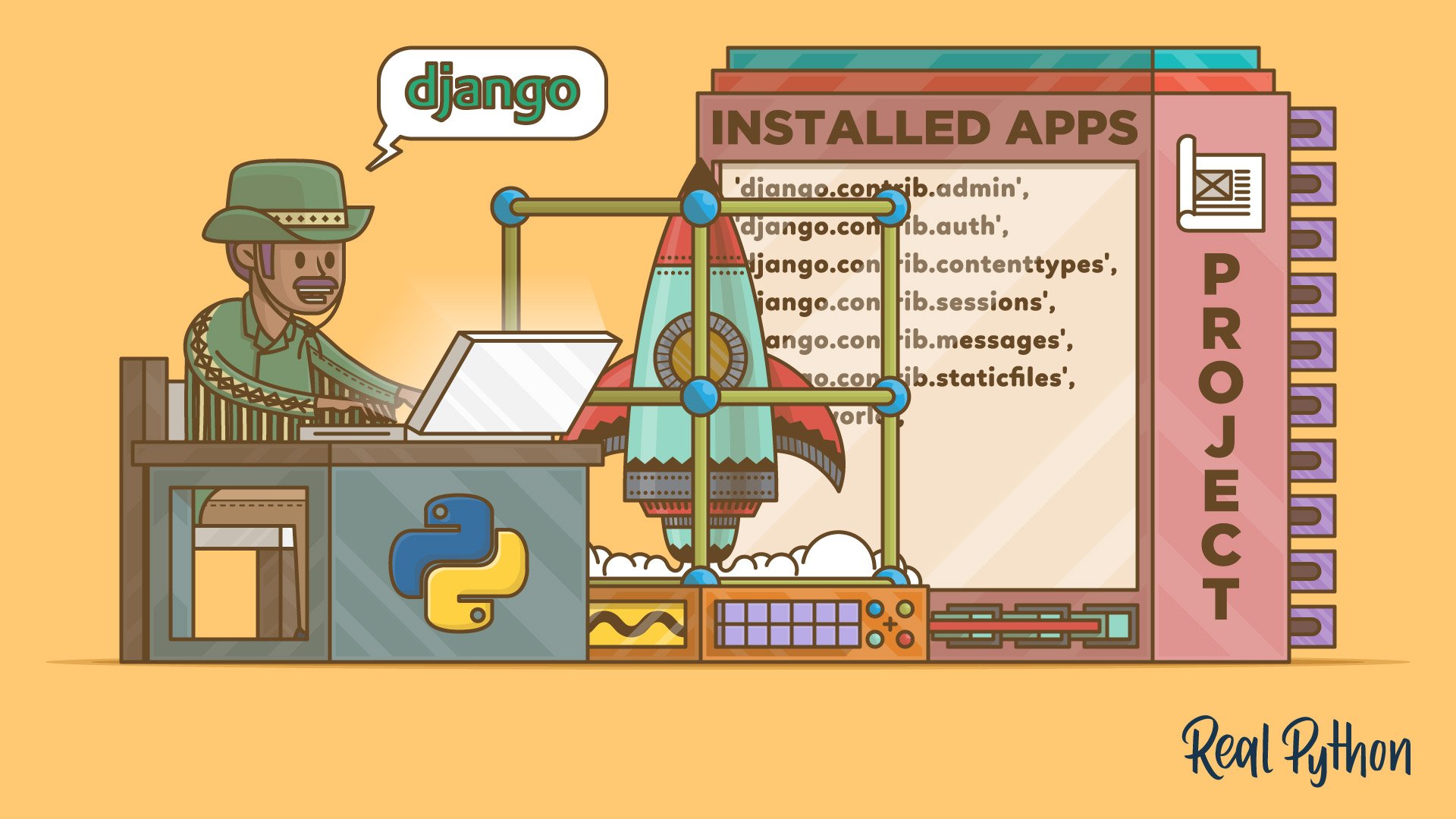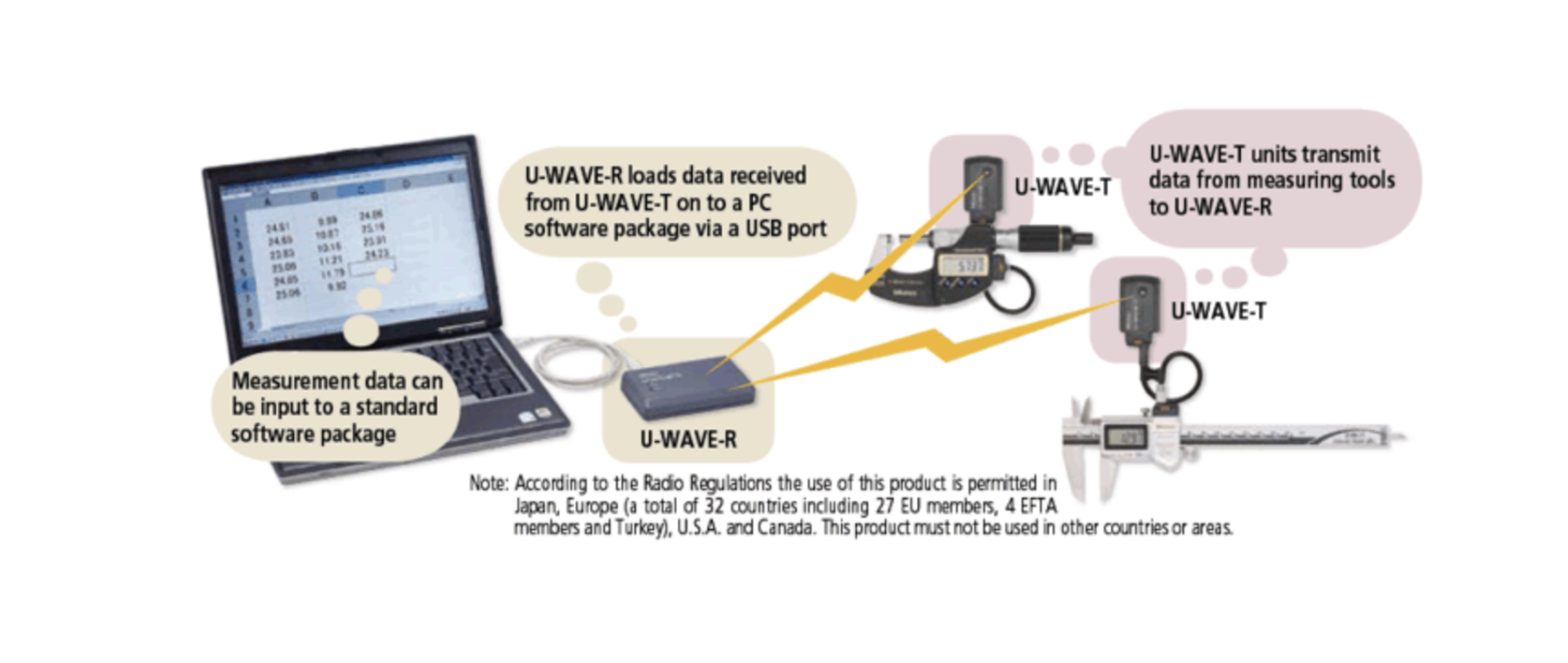Boost Your Django Performance: A Guide to Caching for Developers and Business Owners
In today’s fast-paced digital world, performance is critical. Whether you're a developer optimizing code or a business owner ensuring a smooth user experience, an efficient caching strategy can dramatically improve your Django application’s speed and scalability.
Why Caching Matters for Your Business
When users interact with your application, every database query, API request, and page load takes time. Without caching, your system repeatedly processes the same data, leading to:
- Slower response times
- Increased server load and costs
- Poor user experience
By leveraging caching, you store frequently used data in a fast-access memory (like Redis or Memcached), reducing the need to recompute results or fetch data from the database.
Understanding Django Caching: The Basics
Django provides several caching mechanisms:
- Backend Caching (stores data in-memory, Redis, Memcached, or database)
- Query Caching (reduces redundant database hits)
- View Caching (caches entire web pages)
- API Caching (improves performance of REST APIs)
- Template Caching (optimizes front-end rendering)
Choosing the Right Cache Backend
| Cache Backend | Best For | Pros | Cons |
|---|---|---|---|
| Local-Memory Cache | Single-server apps | Fast, built-in | Not shared across processes |
| Redis | Large-scale apps, APIs, background tasks | Persistent, supports advanced data types | Requires setup |
| Memcached | High-speed, in-memory caching | Extremely fast | No persistence |
| Database Cache | Apps without external caching | Easy to query | Slower, adds DB load |
Recommended: Use Redis for scalable, high-performance caching in production.
Optimizing Django Queries with Caching
Slow database queries can kill performance. Here’s how to cache them effectively:
1. Using Low-Level Caching for Expensive Queries
from django.core.cache import cache
from myapp.models import Product
def get_products():
cache_key = 'product_list'
products = cache.get(cache_key)
if not products:
products = Product.objects.all()
cache.set(cache_key, products, timeout=3600) # Cache for 1 hour
return products2. Automating ORM-Level Caching with CacheOps
Instead of manually caching queries, use django-cacheops to automatically cache frequently accessed queries.
CACHEOPS = {
'myapp.Product': {'ops': 'all', 'timeout': 3600}, # Cache all queries for 1 hour
}Caching Views to Improve Page Speed
Django allows you to cache entire pages or parts of them:
1. Full Page Caching for Static Content
from django.views.decorators.cache import cache_page
@cache_page(60 * 15) # Cache for 15 minutes
def my_view(request):
...2. Template Fragment Caching
If only part of a page needs caching, use Django’s template cache tag:
{% load cache %}
{% cache 600 product_list %}
{% for product in products %}
<div>{{ product.name }}</div>
{% endfor %}
{% endcache %}API Caching for Faster Response Times
For Django REST Framework (DRF) APIs, caching reduces redundant computation.
1. Cache Entire API Responses
from rest_framework.decorators import api_view
from django.core.cache import cache
from django.http import JsonResponse
@api_view(['GET'])
def my_api_view(request):
cache_key = 'my_api_data'
data = cache.get(cache_key)
if not data:
data = {'message': 'Hello, API!'}
cache.set(cache_key, data, timeout=600)
return JsonResponse(data)2. Using DRF Cache Middleware
Add caching for all DRF responses by updating settings.py:
CACHE_MIDDLEWARE_SECONDS = 600
CACHE_MIDDLEWARE_KEY_PREFIX = 'myapi'Managing Cache Expiry and Invalidation
Caching is powerful, but outdated data can be a problem. Use cache invalidation strategies to keep data fresh.
1. Manually Clearing Cache When Data Changes
from django.core.cache import cache
def save_product(request):
product = Product.objects.create(name='New Product')
cache.delete('product_list') # Clear cache when a new product is added2. Using Django Signals to Auto-Clear Cache
from django.db.models.signals import post_save, post_delete
from django.dispatch import receiver
from myapp.models import Product
@receiver([post_save, post_delete], sender=Product)
def clear_cache(sender, **kwargs):
cache.delete('product_list')Final Takeaways for Developers and Business Owners
- Use Redis for efficient, scalable caching.
- Cache expensive queries using
cache.get_or_set()ordjango-cacheops. - Implement page and API caching to reduce server load.
- Use Django signals to automatically clear stale cache.
By optimizing caching in Django, you speed up your application, improve user experience, and reduce infrastructure costs. Start implementing these strategies today and watch your performance soar! 🚀
Get in Touch with us
Related Posts
- SimpliPOSFlex. 面向真实作业现场的 POS 系统(中国市场版)
- SimpliPOSFlex. The POS Designed for Businesses Where Reality Matters
- 经典编程思维 —— 向 Kernighan & Pike 学习
- Classic Programming Thinking: What We Still Learn from Kernighan & Pike
- 在开始写代码之前:我们一定会先问客户的 5 个问题
- Before Writing Code: The 5 Questions We Always Ask Our Clients
- 为什么“能赚钱的系统”未必拥有真正的价值
- Why Profitable Systems Can Still Have No Real Value
- 她的世界
- Her World
- Temporal × 本地大模型 × Robot Framework 面向中国企业的可靠业务自动化架构实践
- Building Reliable Office Automation with Temporal, Local LLMs, and Robot Framework
- RPA + AI: 为什么没有“智能”的自动化一定失败, 而没有“治理”的智能同样不可落地
- RPA + AI: Why Automation Fails Without Intelligence — and Intelligence Fails Without Control
- Simulating Border Conflict and Proxy War
- 先解决“检索与访问”问题 重塑高校图书馆战略价值的最快路径
- Fix Discovery & Access First: The Fastest Way to Restore the University Library’s Strategic Value
- 我们正在开发一个连接工厂与再生资源企业的废料交易平台
- We’re Building a Better Way for Factories and Recyclers to Trade Scrap
- 如何使用 Python 开发 MES(制造执行系统) —— 面向中国制造企业的实用指南














